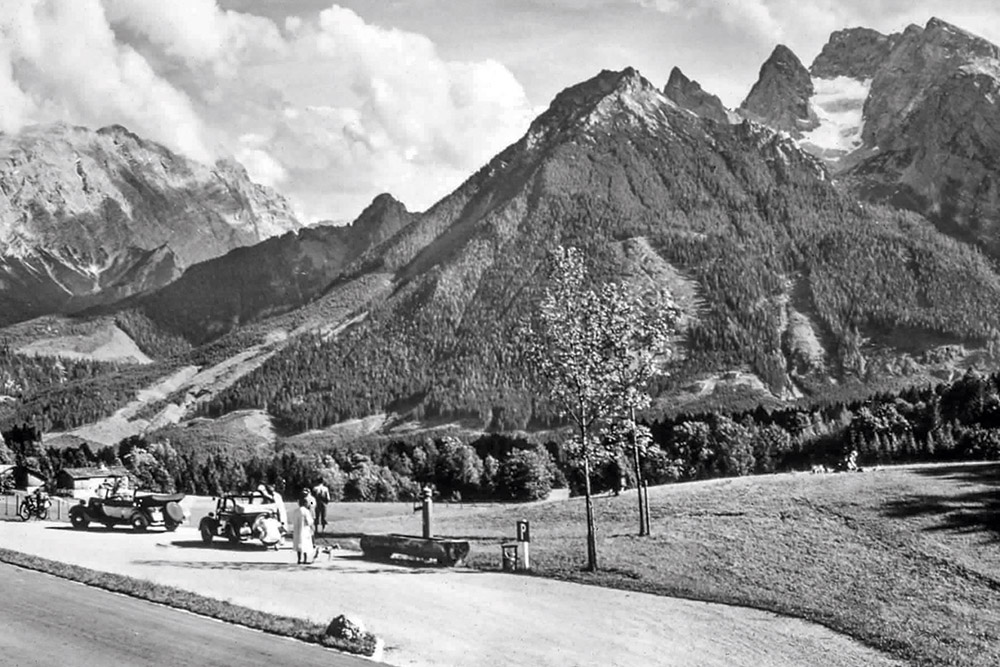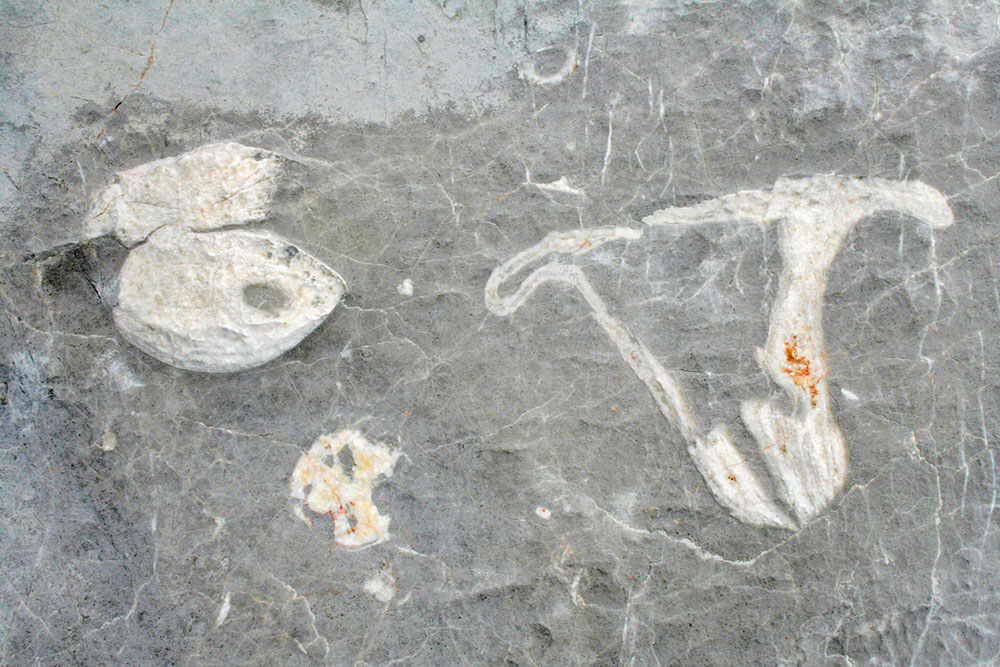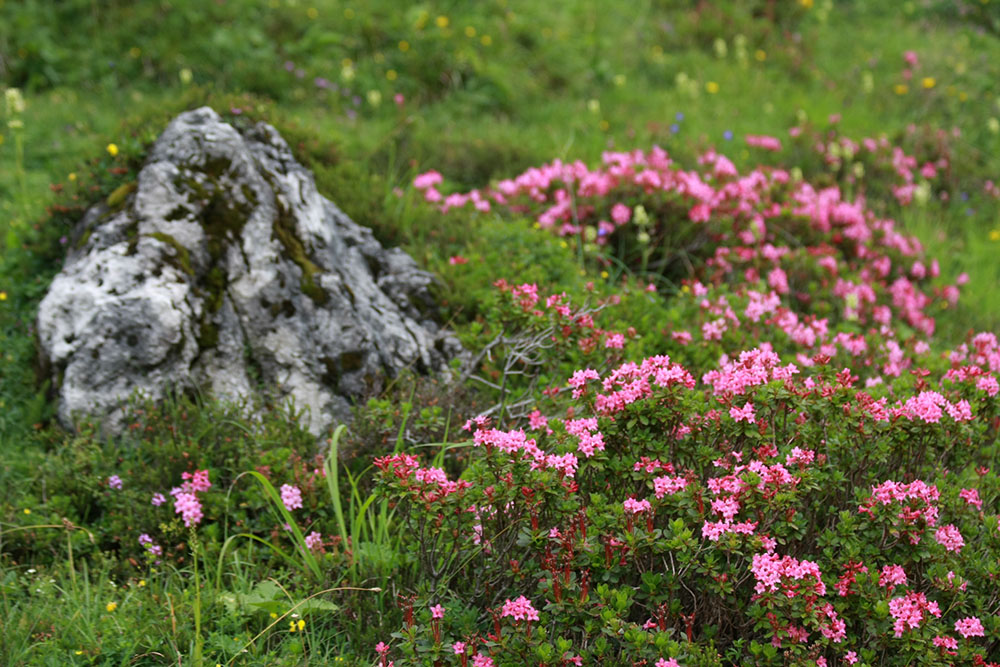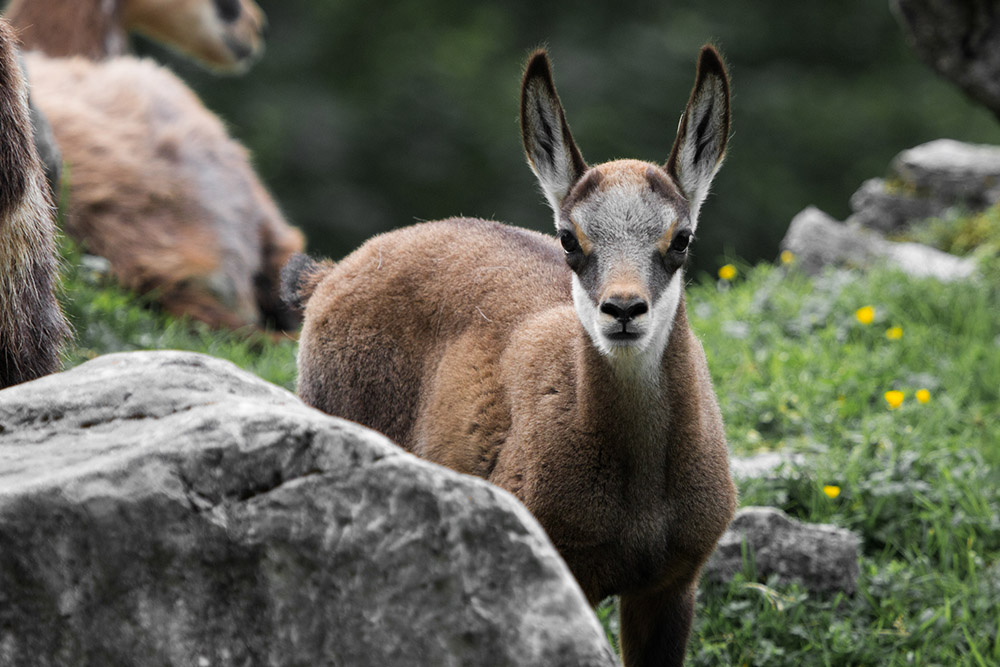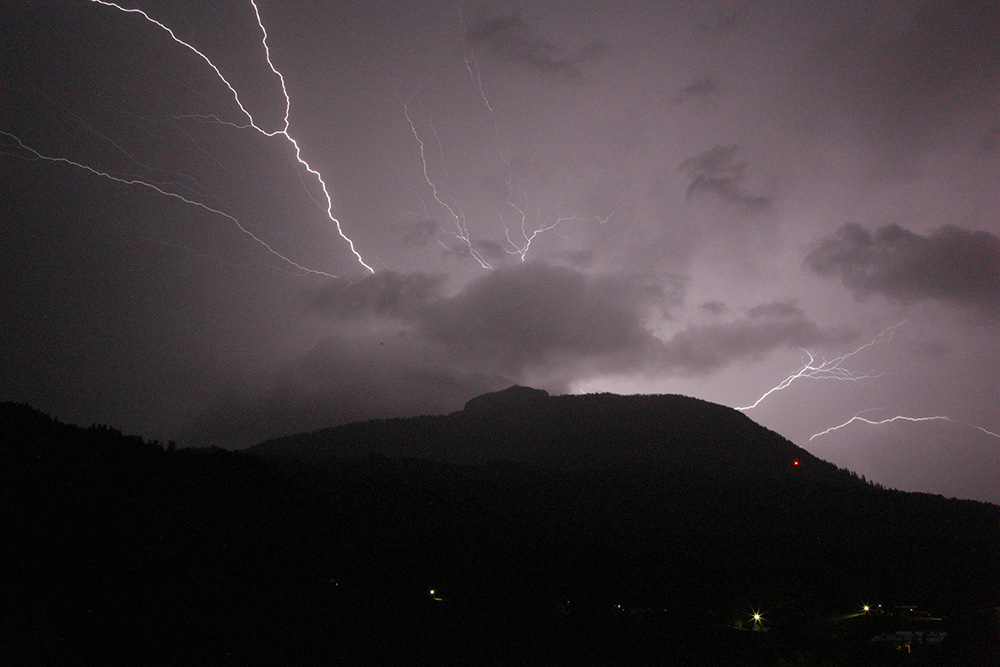Things to know
The Berchtesgaden National Park has set itself many tasks as the only Alpine National Park in Germany. In the foreground is basically the protection of nature. In doing so, man takes a back seat and the natural processes in nature on as large an area as possible are in the foreground. Nature conservation is thus a central building block for sustainable development. "Let nature be nature" is the motto of the German national parks and calls for the development of nature to be influenced as little as possible. For example, fallen trees are left lying and thus become new habitats for beetles & Co.
